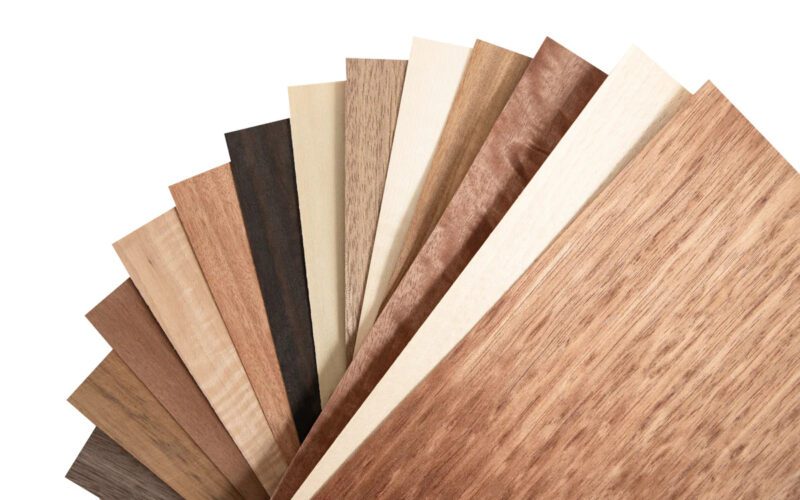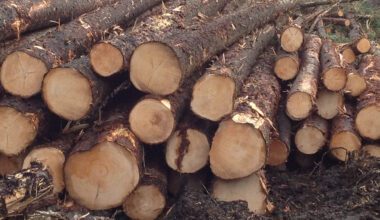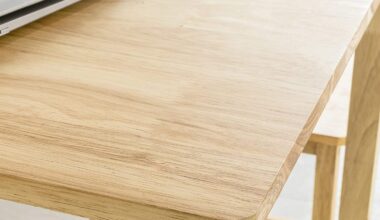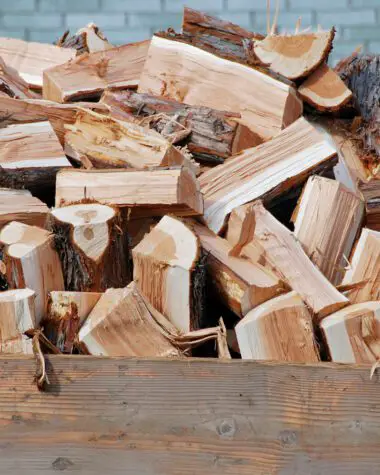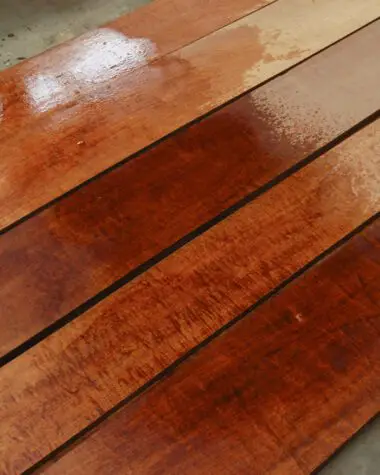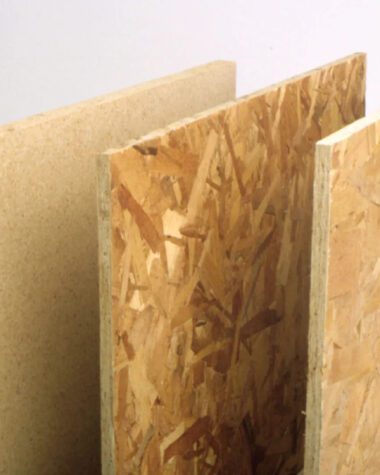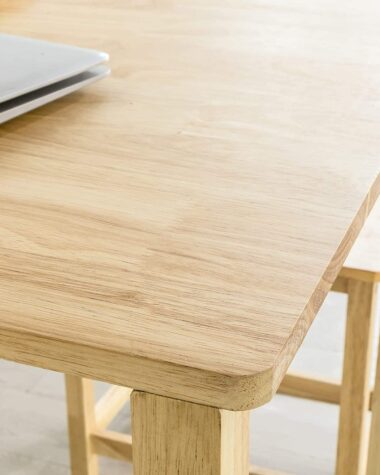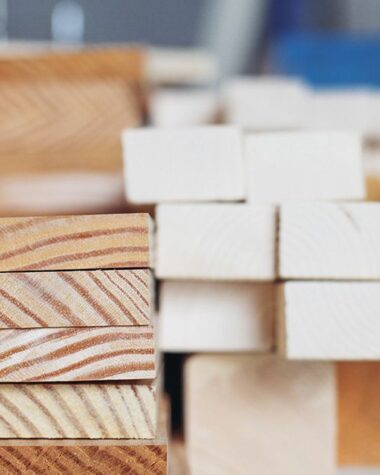Wood veneer is engineered wood with a thin layer cut from a large log of wood. It is very different from solid wood because this is sawn from a huge log. Wood veneer is like cardboard-thin pieces of the original wood, generally less than 1/40” thick.
Since cutting solid wood produces more waste than cutting wood veneer, it is more efficient to cut veneers in wood than cutting solid wood pieces. Processing a log into veneer allows you to maximize the added value you can get from logs.
Wood veneers are used to provide finishing to various wood-based products. It is glued onto different types of engineered woods like plywood, blockboard, particleboard, MDF, and more to provide a lovely and decorative finish.
Veneer Wood Properties
Every veneer product has a unique appearance. This means that the pattern and color of veneers can vary from the same species. The wood veneer’s color depends on the room’s light giving the wood a warmer feel. The wood structure is also unique for every piece of wood veneer. It is better than solid wood products because it can renovate and repair without paying more.
Application of Wood Veneer
Interior designers and architects utilize wood veneers as decorative elements in their designs, and the fabrication and installation of the work call for highly skilled professional woodworkers.
Given the complexity of applying wood veneer, common industry standards like the Architectural Woodwork Standards aid in ensuring that all parties—architects, woodworkers, and general contractors—are on the same page and that the work is completed to a high degree. In addition to improving communication and accuracy, quality is also guaranteed.
Here are the three general applications of wood veneer.
Commercial Industry
It includes interior architectural work on hotels, office lobbies, reception areas, board rooms, and elevators, among other structures where wall paneling is frequently employed. Interiors of cruise ships fall within this category as well.
Alternative to Solid Woods
Wood veneers are utilized instead of real wood to cut expenses and the environmental impact of casework. It is an effective strategy for the sustainable use of natural resources.
Aesthetic Cover for Medium-density Fiberboard
Wood veneers are used to cover Medium density fiberboard (MDF) or industry-grade particleboard to provide the appearance of solid wood and strengthen the finished product. This is done as a cost-effective alternative to using actual wood.
Wood Veneer: Pros and Cons
Before deciding whether to use them for any purpose you desire, you should be informed of the many benefits and potential drawbacks of wood veneers.
Pros:
- Veneers provide aesthetics comparable to solid wood at less cost.
- You can guarantee that each wood veneer sheet is unique because each tree is unique.
- Compared to laminates, natural veneers can be treated with polish or varnish to improve their shade (from light to dark).
- You can increase the strength and support of weak engineered woods like particle boards with veneer wood.
- Wood veneers are eco-friendly and may be recycled. It can be crushed to make wood waste to produce particle boards and MDF.
- Compared to laminates, wood veneers are natural and non-toxic. To install veneers, you can use a non-toxic adhesive that does not give off VOCs.
Cons:
- It is susceptible to water damage. Over prolonged exposure to water can damage veneers.
- Installation needs professional workers. This is because wood veneer sheets are challenging to install as laminates.
- Wood veneers need more maintenance that is done periodically.
- There is no way to fix the wood veneer. It cannot be restored once destroyed since it is so thin.
Other Wood Types You May Be Interested In
To discover more of the types of manufactured wood, the list below is what you need.
Conclusion
No other building material is as lovely as wood. Aside from the naturally existing types of wood, they came up with the idea of producing manufactured wood to help the environment. One of these manufactured wood is veneer wood, which is very useful in many ways. It might not be natural, like solid wood, but it still comes from natural wood. Therefore it is more efficient compared to laminated wood.
